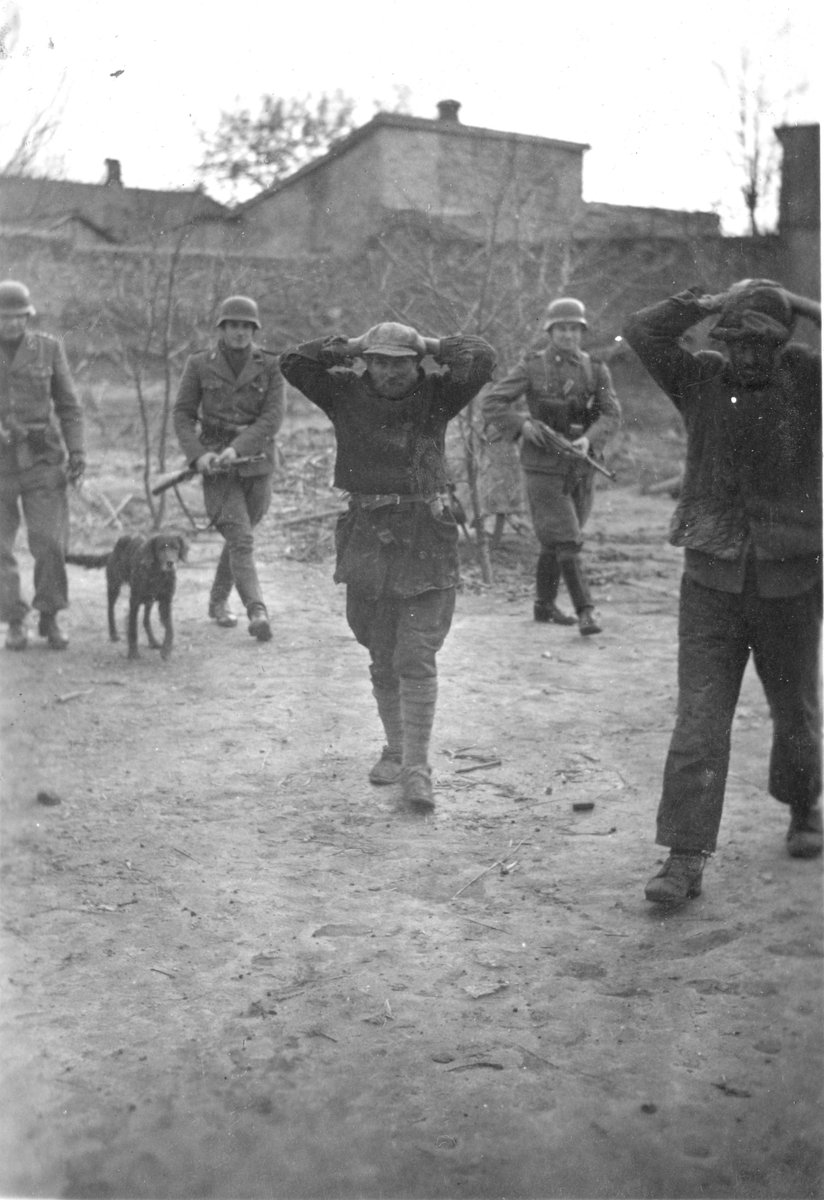#CultureofWar and Nazi Germany. A thread about how the culture of war/violence became embedded in regimes long before the Nazis? What was Hitler’s military culture constructed on? (pictures mine unless captioned). 





Impressions of the Garrison state and the Nation in arms appeared long before the Great War. The Kaiser Manoeuvres, a ritual, were central to the projection of military power, and became a major event in the public calendar. Pictures from 1912. 







The manoeuvres traversed vast areas of terrain - the public were encouraged to watch, or engage with the troops. As an international event, foreign officials and British officers were sent to report on the ‘show’. 







The Kaiser closed the manoeuvres, by leading the final charge and taking the closing salute. The Garrison State/Nation in Arms appeared safe and secure under the Kaiser and army. 




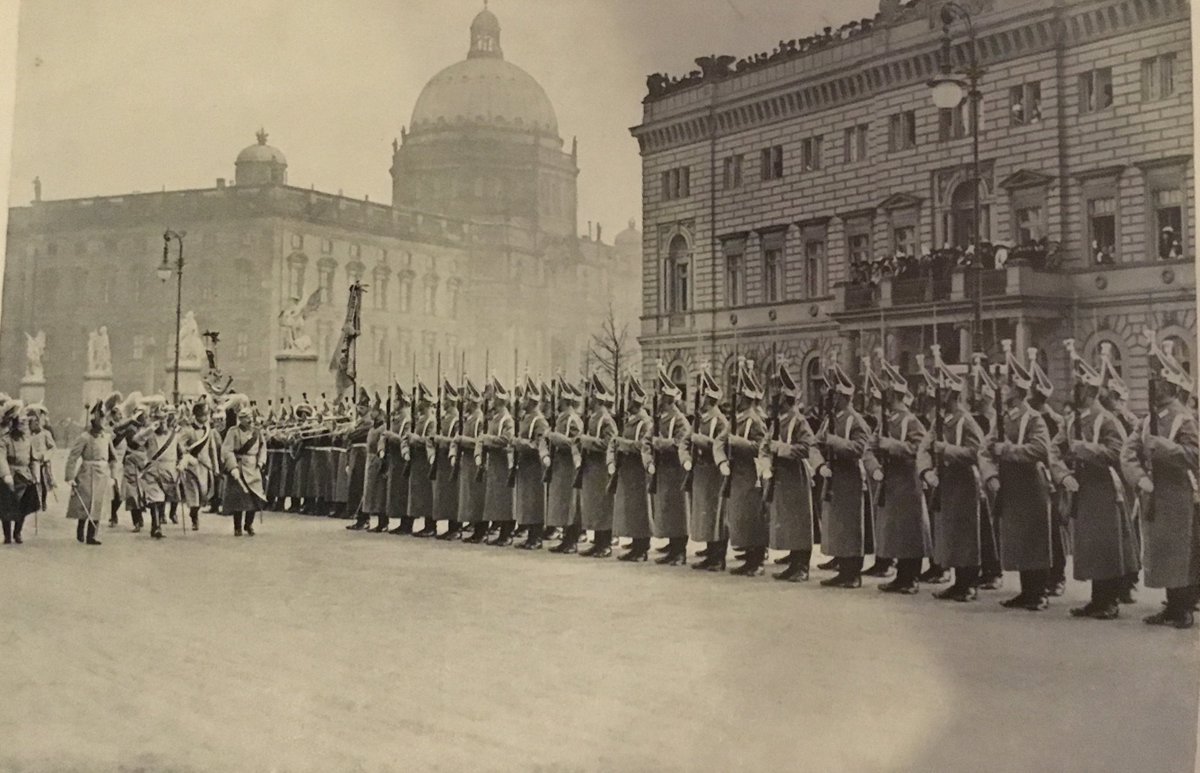
Since 1848 wild game hunting had become the social pursuit of the middle/upper classes and monarchy. The hunt was a platform for elites from different social groups to meet and network. Germany’s growing industrial complex served both the hunt and the military. 


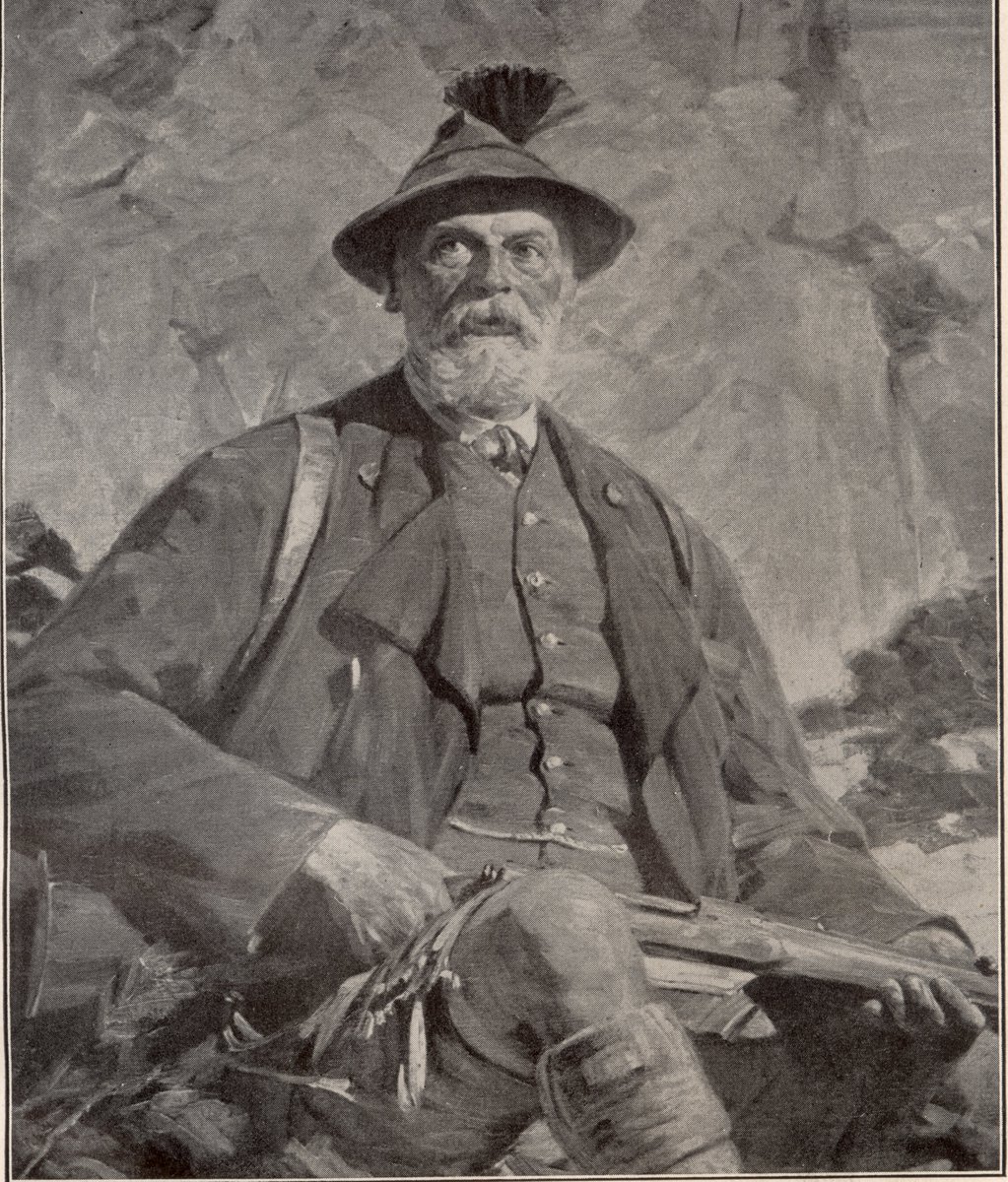
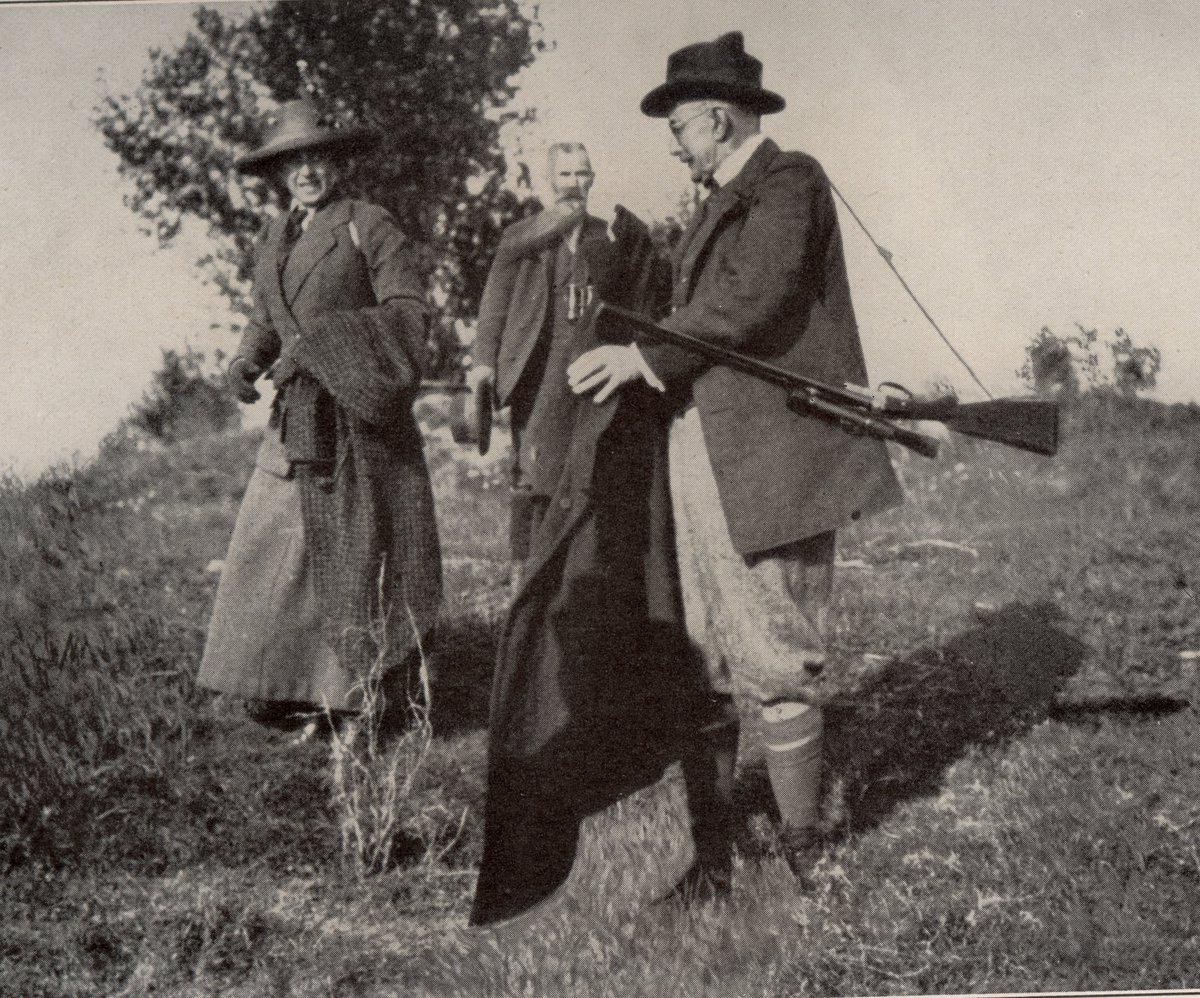
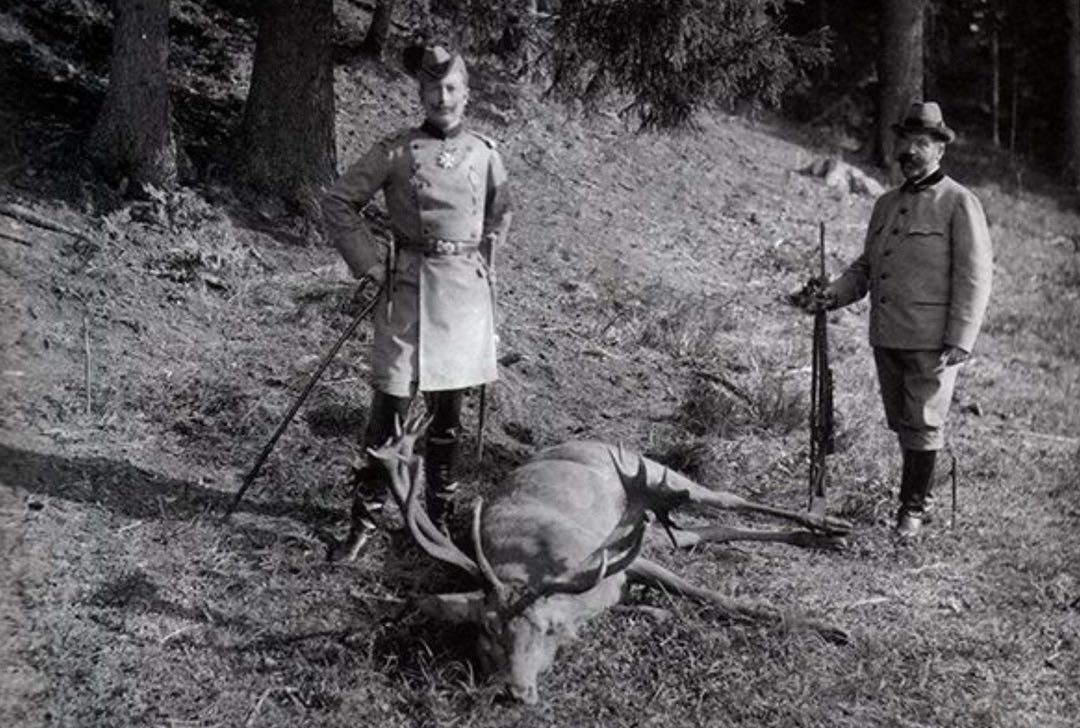
By the 1890s, hunting professionalism was treated as a valuable process in officer development. Shooting, terrain orientation, map reading and hunt tactics underscored military training. Big game hunting was introduced by soldiers serving in the colonies. 





Alongside hunting, Auftragstaktik (mission-command) emerged as a form of delegated leadership and initiative. Senior officers passed a mission to subalterns, with the only proviso to succeed. The hunter-warrior became an iconic symbol within a masculine military culture. 

In the colonies, the Imperial German Army showed an ability to prosecute rapid manoeuvre operations and perpetrate mass killing. In 1904, in Namibia, the Battle of the Warterberg followed the classical encirclement doctrine based upon Schlieffen’s Cannae doctrine. 







A cocktail of war fantasies included images of enemies as noble savages, but racially inferior. Heroic literature was popular reading. Not everything was what it seemed. The noble Oberleutnant, was bailed out of penury in Egypt, by the Kaiser in 1914. 







The rise of security warfare. Military operations in the colonies transformed army with a brutal politics of violence. Few recognised at the time that this came from an emerging power within the military occupation system - the Etappen.
The Etappen emerged as a rear-area military complex in the latter days of Franco-Prussian War. This copy from 1902 included an illustration explaining how the process of rear-area occupation and security was intended to function. 



During the Namibia campaigns, the Etappen served as the structure for pacification. In effect, the railways served as a giant spiders web, restricting the movement of the resistance and using the speed of railway to deploy troops and carry POWs to camps.
In parallel with the home manoeuvres, colonial conflicts, Etappen and Schlieffen plans, the army revised its training doctrines. There was an outpouring of military books and articles about best practice etc. 





2 incidents exposed the Garrison state. 1906, a common criminal turned folk hero when he masqueraded as a German officer. 1913, the Zabern Affair, in Alsace-Lorraine (occupied since 1872) an infantry regiment reacted brutally to political unrest. (Wiki pictures). 



In August 1914, the Imperial German Army went to war in two parts - the teeth arms and the Etappen. In some places the dual system was efficient. Others were chaotic, with challenging tasks but minimal resources. Multiple front experiences led to the rise of military cliques. 


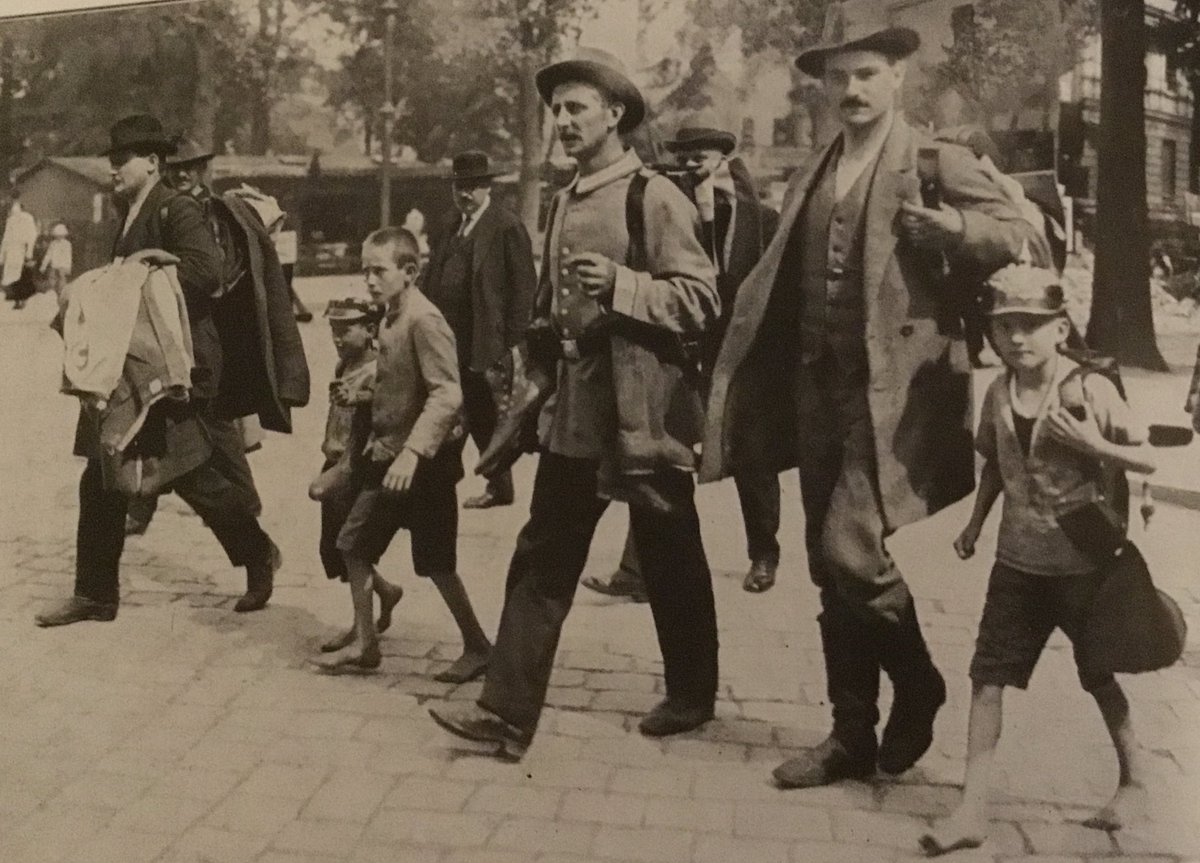


The army also went to war with extreme notions of the enemy. Fear of the Francs-tireurs in France/Belgium. (Pictures Der Spiegel). In the east, Jews, Slavs and Communists - soon the targets of punitive Etappen security measures (pictures - Lodz and Warsaw). 







The hunting classes carried on as before the war, hunting and living in an exclusive world. Cliques in the monarchy, the army leadership and politicians led to quarrels and bumps in the war’s leadership. 





Hunger winter hammered the working classes - soup kitchens, blackmarkets and scrounging. The Army’s home front institutions advised the military dictatorship that civilian society was on the verge of collapse. The clock was ticking. 







The increasing shortages in manpower, food and raw materials led to desperate decisions. The hunger winter of 1916/17 forced the army to rely on the Stormtrooper. The military dictatorship began enforcing a harsher brand of army politics across German society. 

Stormtroopers were trained to infiltrate enemy lines and restore manoeuvre warfare. They introduced a romantic heroism to trench culture. In 1918 the Stormtroopers infiltrated British lines and briefly restored manoeuvre warfare. 


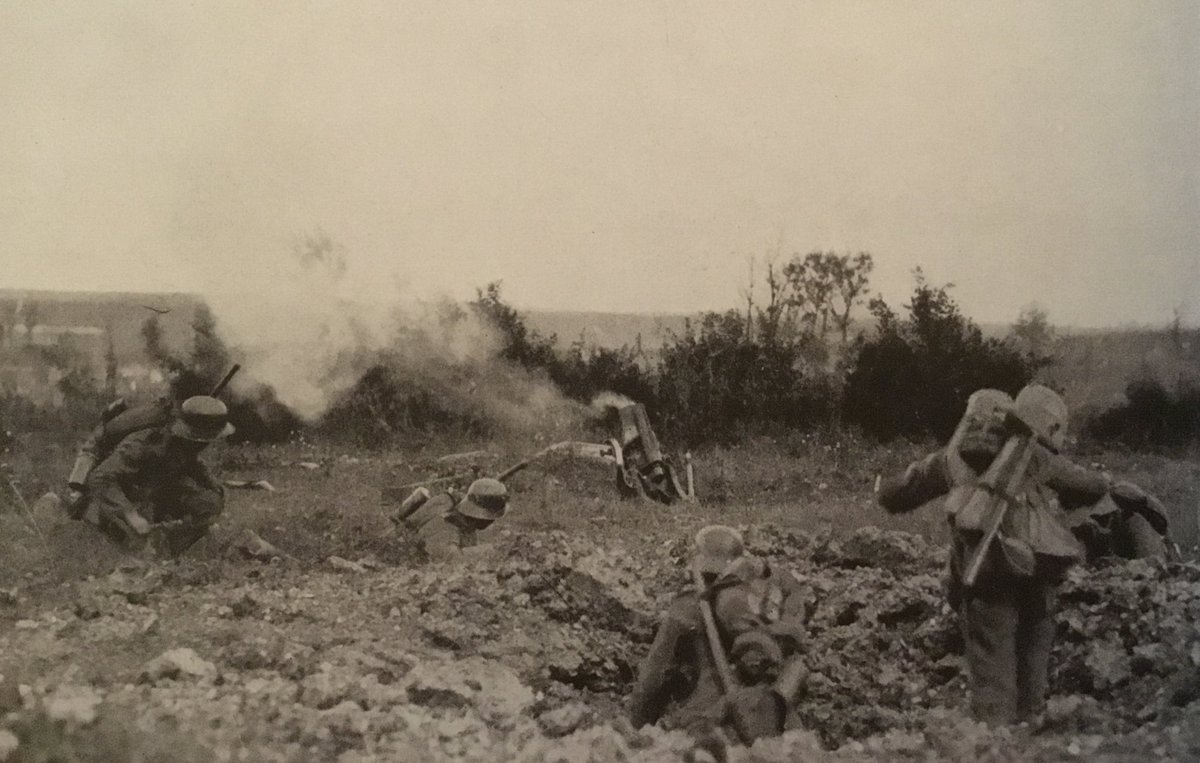

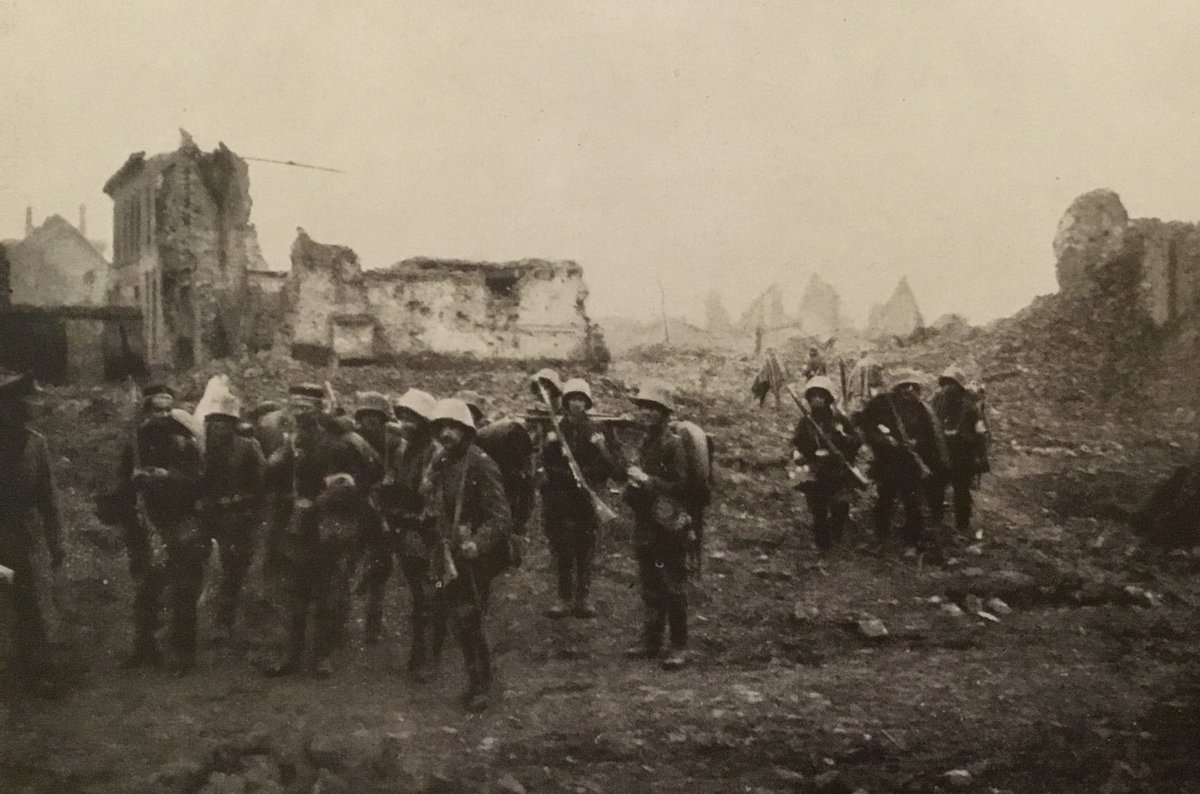
The final offensive in 1918 failed. On 4 November 1918, the Kaiser’s last parade. The Kaiser’s departure left a power vacuum, but no one wanted responsibility for defeat. The army returned and were welcomed. (Stadtarchiv Aachen). 



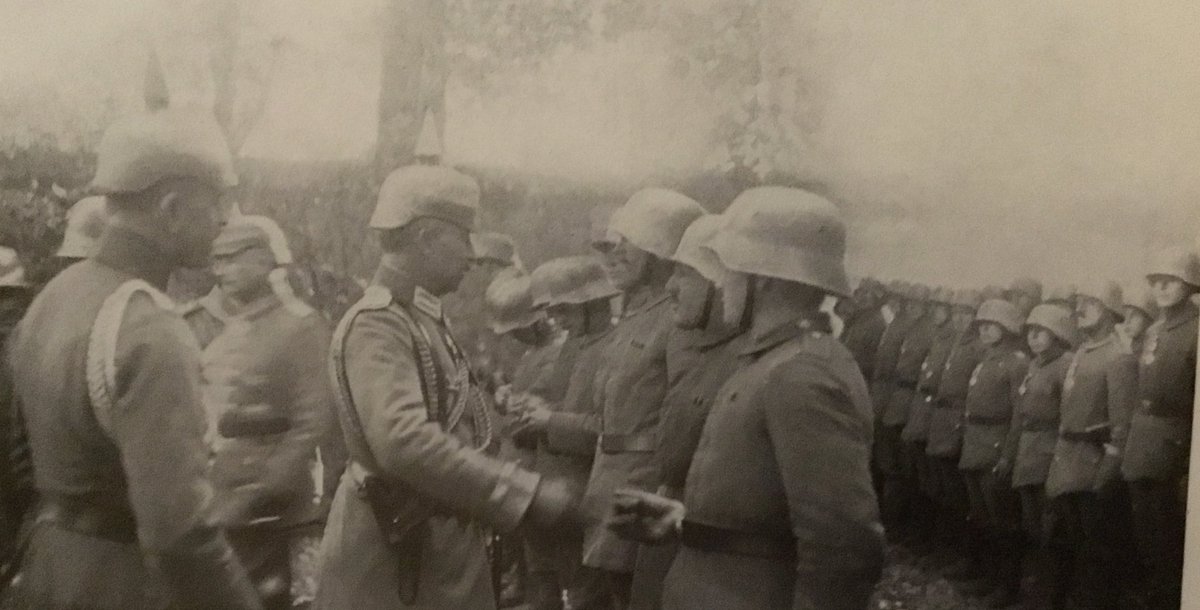


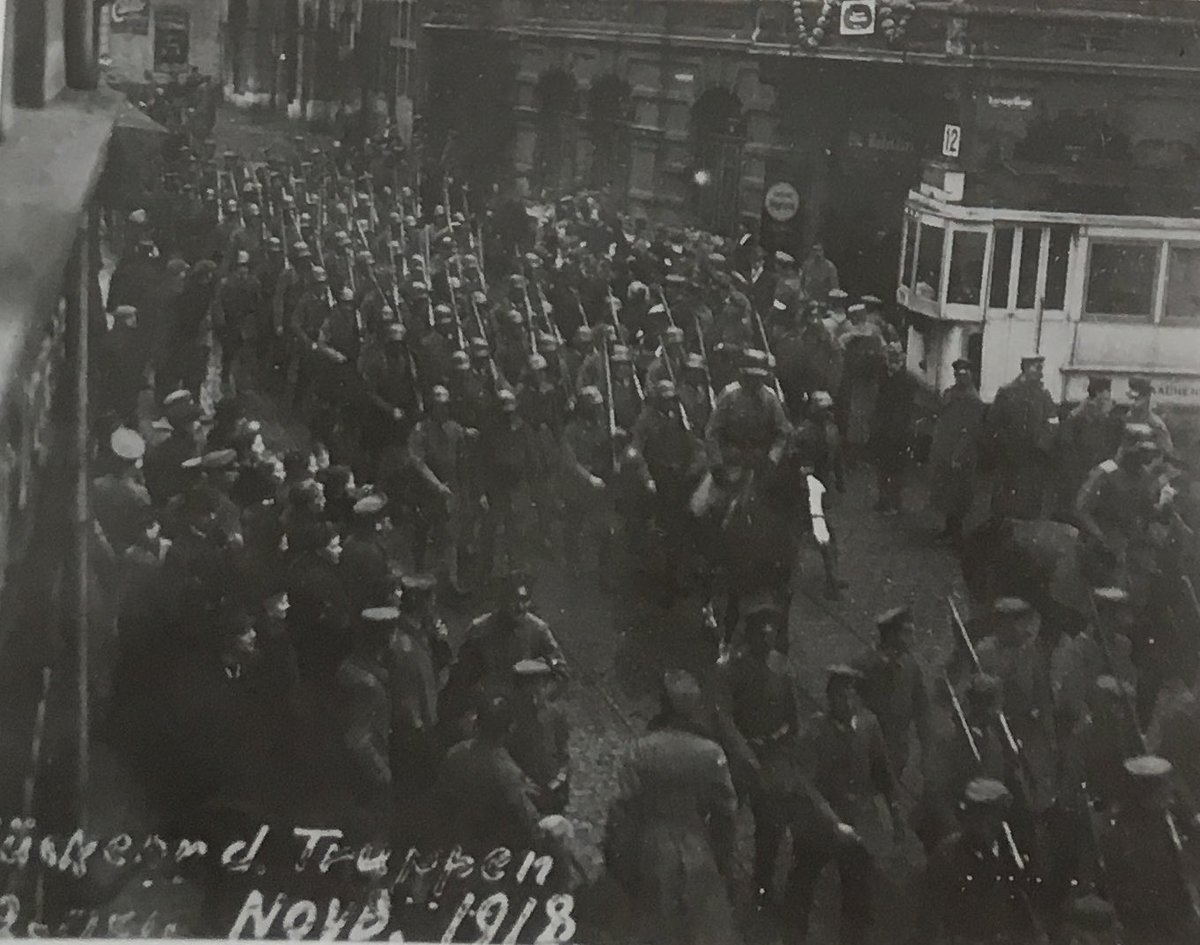
In the turmoil militarism spiralled, cultural memories rehashed by nationalists forging reactionary movements. Ritter von Epp turned into a political soldier - from Colonial officer, war hero, Munich’s saviour, man of the people - Hitler’s sugar daddy. 







May 1919 - the Battle of Munich - counter-revolutionaries led by Epp. The Warterberg plan (1904) replayed. An atmosphere of occultism, romantic idealism and the politics of violence spawned military extremism. (Pictures from Munich Sate Museum guidebook 1993). 







Post-Versailles Treaty and Weimar, the army and most of its institutions were scattered to the winds. Even the Freikorps movement dissolved. 20s/30s - war fantasies flourished through literature and film. 



The rise of the sergeant society - the new nation in arms. Nazism was a cult that attracted the scattered remnants of the old military culture. Former front soldiers’ biographies illustrated the transformation from front Stormtroopers into Hitler’s political soldiers. 





• • •
Missing some Tweet in this thread? You can try to
force a refresh






















